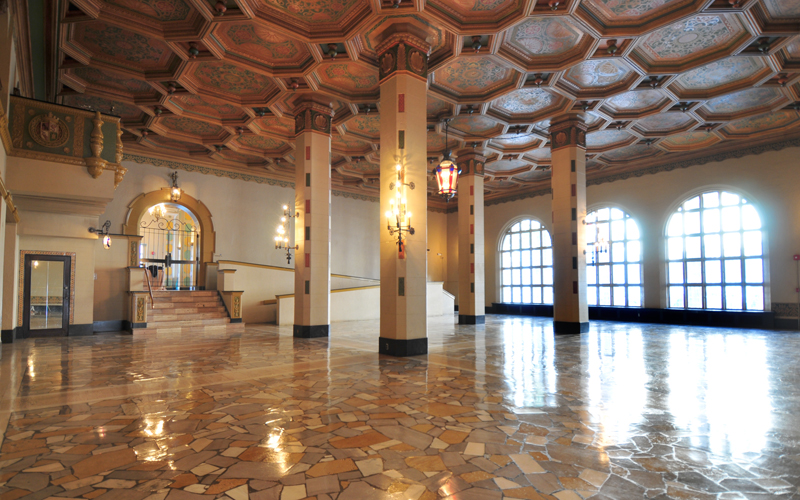In the KnowArkansas
Thirty-five (35) states have a state historic tax credit (HTC) that can be used in tandem with the federal rehabilitation credit. Just as architecture and accents vary by state, so do historic tax credit requirements and procedures. This blog series explores the similarities and differences of the state HTC programs across the country.
Arkansas, which has had a state historic tax credit since 2009, recently enacted changes to enhance its program. The Arkansas HTC was designed to incentivize the rehabilitation of historic properties while meeting specific economic development goals. While the $4 million annual cap remains in place, the per-project limit for applications submitted after July 1, 2017 was raised from $125,000 to $400,000. Many aspects of the Arkansas historic tax credit mirror the federal program, although it has several features that enhance eligibility.
- Arkansas offers a 25% credit on qualified rehabilitation expenses (QRE) for improvements to properties listed in the National Register of Historic Places, either individually or as a contributing resource in a historic district. The state credit is also available for eligible properties that will be NR-listed when the rehabilitation is complete.
- Income-producing property can claim up to $400,000 per project.
- Homeowners rehabilitating private residences can claim up to $25,000 per project.
- The minimum investment threshold is $25,000.
- All projects must meet one of the program’s community and economic development goals (in order of priority):
- Creation of a new business
- Expansion of an existing business
- Establishment of a tourist attraction
- Revitalization of a business district
- Revitalization of a neighborhood
- While there is no time limit for completing projects, state law limits distribution to one issuance of credits per eligible property per 24-month period.
- The review period and three-part application process parallel the federal program. Review fees range from $200 to $450, depending on the size of the project. The Part 2 review fee is $50 and the balance is due with the submission of the Part 3.
- The Part 2 application should be submitted prior to initiating construction. Work that begins prior to Part 2 approval will be QRE, although the applicant assumes added risk if the scope of work is not be approved as proposed.
- While no final audit is required at the end of the project, the Arkansas Historic Preservation Program (AHPP) or the tax collection authority reserves the right to review an applicant’s QRE, so it is important to keep a detailed record of expenses.
- The Arkansas historic tax credit is transferable and can be carried forward five years.
Albert Pike Hotel, grand ballroom, after rehabilitation (2014). Source: Brad Finch, f-stop Photography, 2014 https://rosinpreservation.com/portfolio_page/albert-pike-hotel/


No Comments